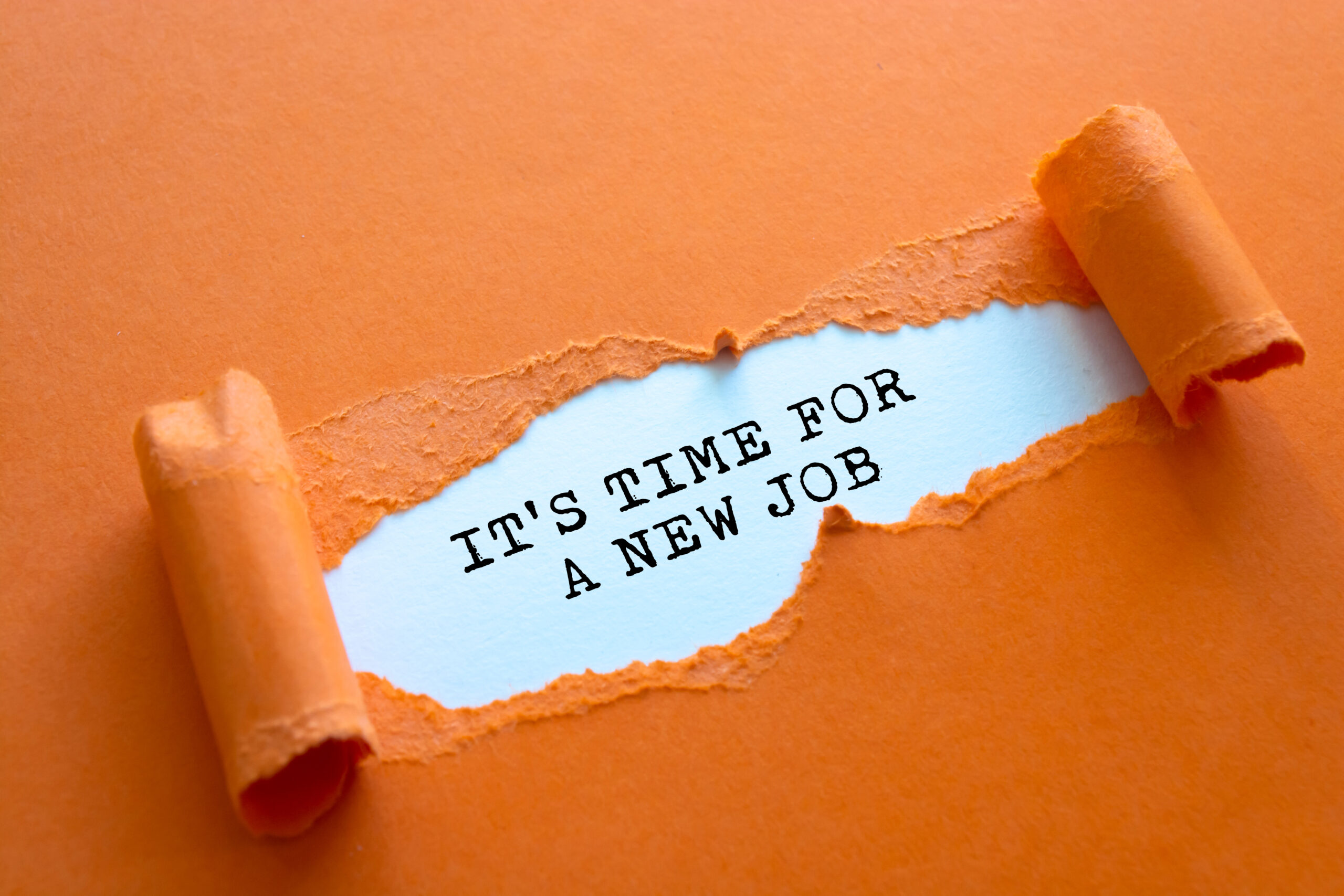Grace Brown on how able-bodied executives teamed up with disabled people to provide insight into difference.
Reading time: 4 minutes.
Building an inclusive workplace remains a major challenge for organisations, despite significant investment in diversity training over recent years.
New research from Hult International Business School suggests that learning and development professionals may need to rethink their approach, and highlights an alternative to the current emphasis on diversity awareness-raising workshops or unconscious bias assessments.
Its recent study suggests that initiatives based around real-life integration may prove a more powerful route to changing attitudes and breaking down barriers. This finding has emerged from an unusual CSR activity – a tall ships voyage during which able-bodied executives and disabled people formed a crew to sail and navigate around the UK.
The project, run by the Jubilee Sailing Trust, brought together 39 able-bodied employees from Barclays with crew members with a variety of physical impairments on a series of three- to five-day voyages that took them around the UK coastline.
A challenging backdrop
The case for a diverse workforce is now widely recognised as being crucial for competitive advantage, and has been recognised in numerous studies as being associated with higher employee engagement, innovation and creativity.
However, despite a market-wide emphasis on diversity and inclusion (D&I), people with disabilities still face many obstacles when it comes to recruitment and employment. Those with disabilities are twice as likely as able-bodied people to be unemployed, for example, with the 32% disability employment gap standing at roughly the same level for the past 10 years.
Some of the biggest barriers people with disabilities face in the workplace stem from the often well-intentioned attitudes of colleagues and managers. There is a tendency for colleagues to think of people with disabilities as less productive, for example, and to generally expect less of them.
Equally, it is not uncommon for a manager to shy away from giving additional responsibilities to an employee with disabilities, to avoid putting them under pressure, without realising they are inadvertently limiting opportunities for development and growth.
Companies that recognise the value of diversity spend thousands of pounds on workshops aimed at changing attitudes and overcoming these kinds of obstacles – as well as other barriers faced by the wider, diverse employee population.
Some of the biggest barriers people with disabilities face in the workplace stem from the often well-intentioned attitudes of colleagues and managers.
The problem is, we still don’t know whether this approach delivers positive outcomes. Research that reviewed more than 1,000 studies of D&I-related programmes concluded that whether this sort of training really works is unknown, and that we are still far from informed about how best to design and create conditions to successfully foster workplace inclusion.
The research
The Hult research set out to investigate the impact of a mixed ability sailing voyage on the attitudes of able-bodied executives towards people with disabilities. The question researchers wanted to answer was whether putting executives into a situation where they were working directly alongside people with disabilities would lead to better integration and understanding.
The voyage created a level playing field for those with and without disabilities. The tall ships owned by the Jubilee Sailing Trust are fully accessible for those with impairments. Modifications include wide aisles, Braille signage, lifts between decks and fixing points for wheelchairs in rough weather.
This meant crew with impairments could do all the same things as able-bodied crew members, either independently or with assistance.
A combination of quantitative tests, questionnaires, in-depth interviews and focus groups were used pre- and post-voyage to measure the impact of the experience, gain an insight into how attitudes had changed and help assess what implications this might have for the workplace.
A powerful impact
The research found that seeing people with disabilities doing much of what able bodied people can do when the playing field is levelled, challenged participants’ low or stereotypical expectations of people with impairments.
One participant said it had helped him to think of people as ‘equal but different’. “You can have a disability that prevents you from doing something, but you can have an able body and not be able to do something,” he said.
Another participant described how sea sickness, which affected at least half the crew, was something that acted as a leveller. “With sea sickness there was no discrimination one way or the other… for able bodied and disabled. If you got sea sick, you were sea sick and that was it. So everyone had to support each other,” she said.
The out-of-comfort-zone nature of the experience also had an interesting impact on participants’ self-awareness. The crew members were all mentally, physically or emotionally tested by the experience at some point, which brought their own limitations and weaknesses into sharper focus.
Where one crew member needed assistance climbing the rigging due to paralysis of their lower body, for example, another needed assistance due to a phobia of heights. In both situations, the person needed assistance getting to the top, but the limitations come from starkly diff erent origins and are experienced differently.
For many participants, this realisation highlighted the need to understand the origins of people’s limitations, so that they could be supported in an appropriate, and most importantly personalised, way.
About the author
Grace Brown is a senior research specialist at Hult International Business School. To find out more, visit the website here



